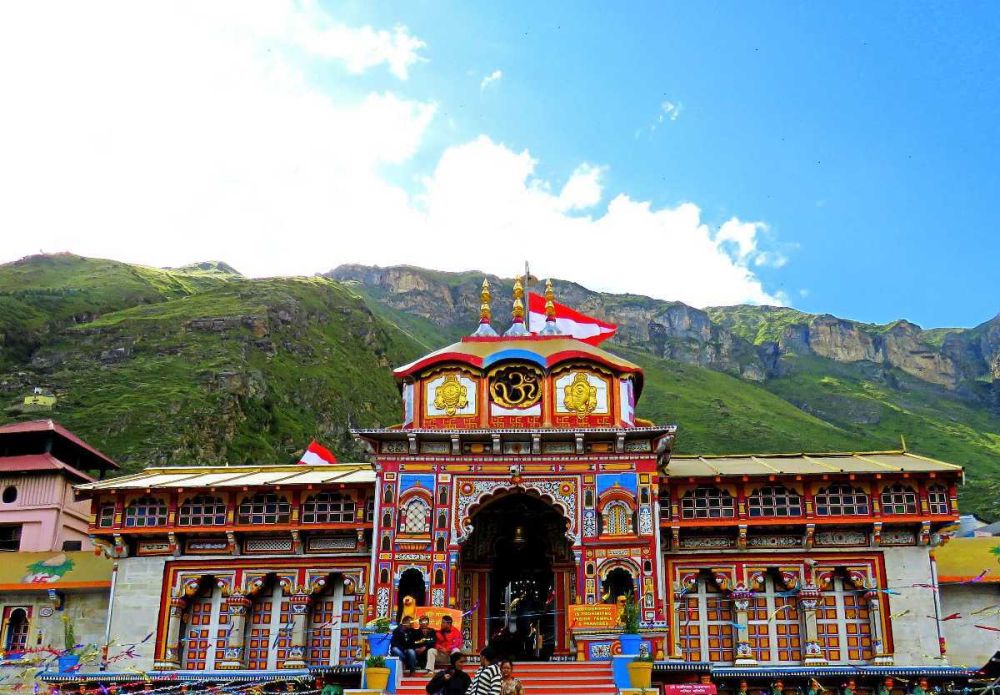

The sacred town of Badrinath is nestled between the Nar and Narayana mountain ranges in the Chamoli district of Uttarakhand, India. It holds a prominent place in Hindu mythology and is one of the holy destinations in the revered Char Dham pilgrimage circuit. The term "Char Dham" translates to 'four abodes' and refers to four sacred pilgrimage sites in India that are widely believed to be the abode of gods and the holiest of holy shrines. The other three Dhams are Yamunotri, Gangotri, and Kedarnath.
The history of tourism in Badrinath can trace its roots back to the Vedic times when the place was abounded with spiritual masters and their disciples seeking knowledge and spiritual guidance. The main attraction is the Badrinath Temple, also known as the Badrinarayan Temple, which is dedicated to Lord Vishnu. It is not only a symbol of devout faith but also an architectural marvel dating back to as early as the 7th century AD, when Adi Shankara is said to have discovered a black stone image of Lord Badrinarayan carved out of Saligram stone in the Alaknanda River. He enshrined it in a cave near the Tapt Kund hot springs.
Over the centuries, the temple has been renovated several times due to damage by avalanches and earthquakes. It was expanded in the Garhwal kingdom and, by the late 16th century, the King of Garhwal shifted the murti to the present temple.
The tourism trend in Badrinath saw a significant rise after the Indian government launched the Badrinath Master Plan to enhance pilgrimage tourism in the region post-Indo-China war in 1962. This brought infrastructure development with better roads, guest houses, and amenities for pilgrims. Today, thousands of tourists and devotees from across the globe embark on the spiritual journey to Badrinath Dham, making it a critical source of revenue for the state and a significant contributor to the spiritual and cultural tourism sector in India.
In recent years, tourism at Badrinath is not just confined to religion but has expanded to embrace eco-tourism and adventure tourism. The region’s stunning landscapes, including the Valley of Flowers and Hemkund Sahib, attract trekkers and nature enthusiasts. Moreover, with the commencement of initiatives like the All-weather Road Project, accessibility to this holy town has increased tourism manifold.
Today’s digital advancements and the promotion of pilgrimage tourism through initiatives such as the Char Dham Yatra online registration have streamlined the process, enabling a hassle-free experience for tourists. Keeping up with the latest trends, many service providers now offer online bookings for accommodation and travel services to cater to a technologically savvy visitor base.
However, despite the growing tourism industry, it is pertinent to note the ecological sensitivity of the region. The continuous effort of the Uttarakhand Tourism Board, along with environmentalists, is directed towards maintaining a sustainable balance between tourism and nature conservation to preserve the pristine beauty of the Himalayas for future generations.
The encapsulating spiritual legacy combined with the tranquil Himalayan landscape makes Badrinath not just a destination but a profound pilgrimage, etching its history into the hearts of those who visit this sacred abode.